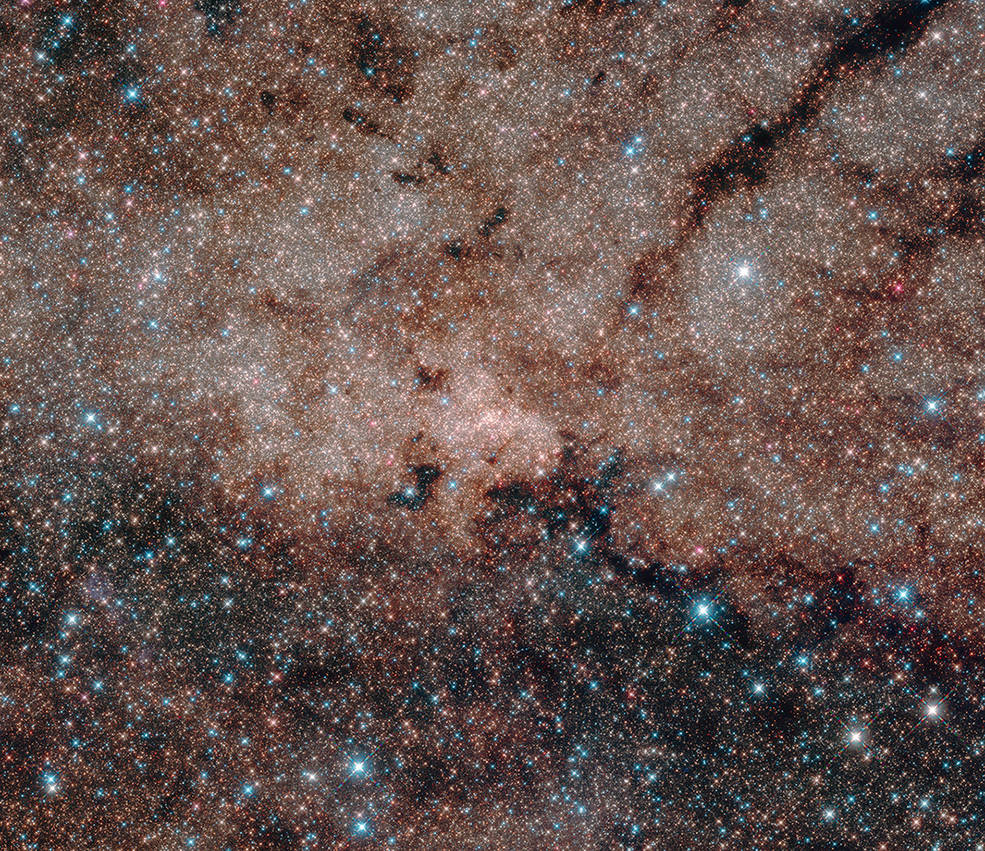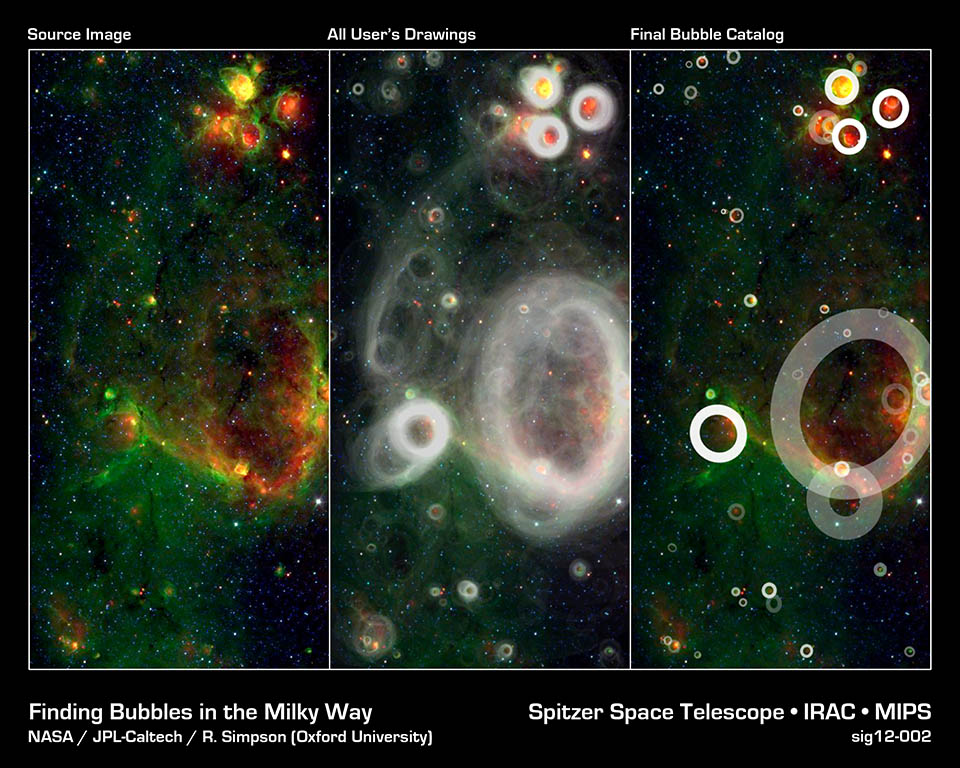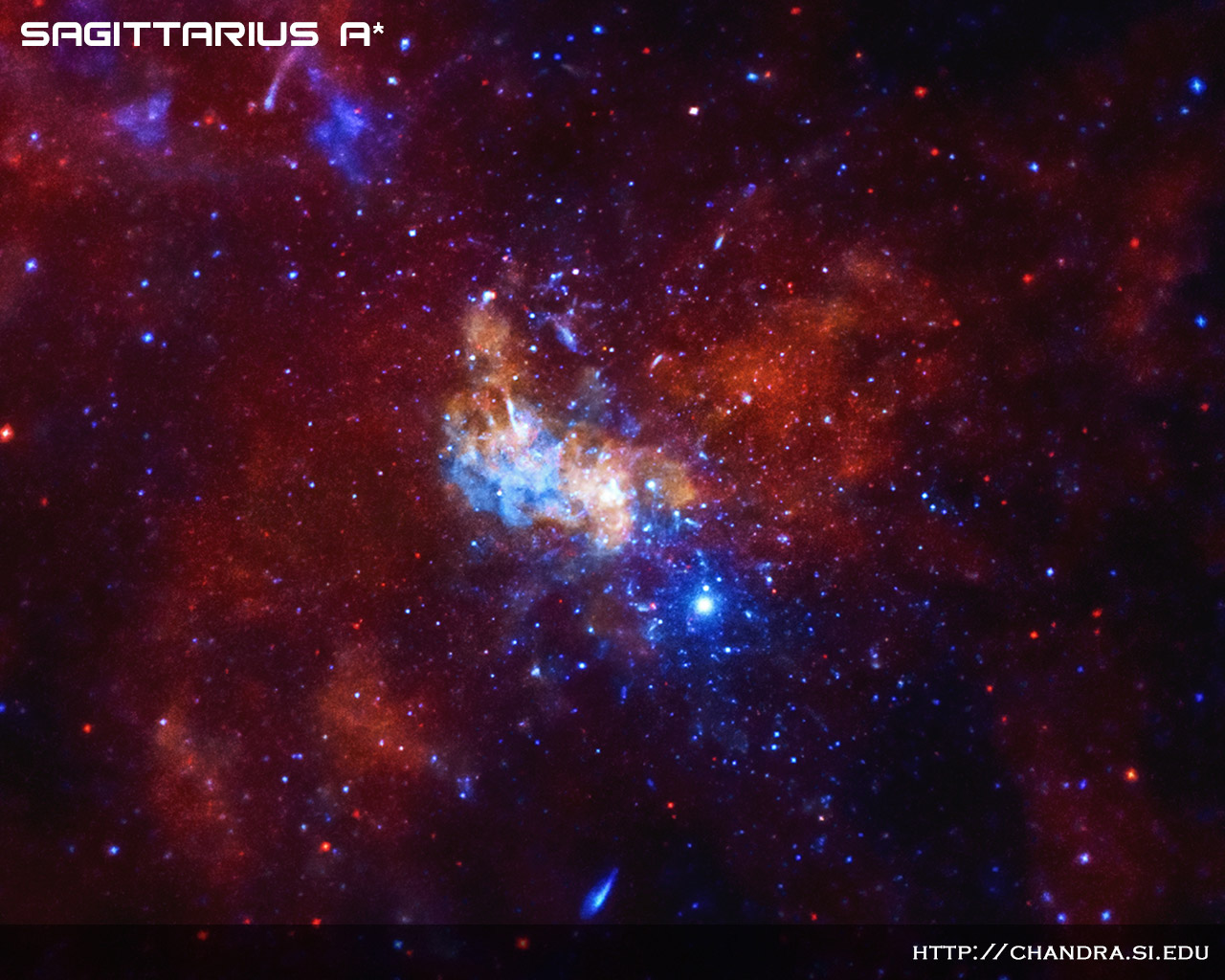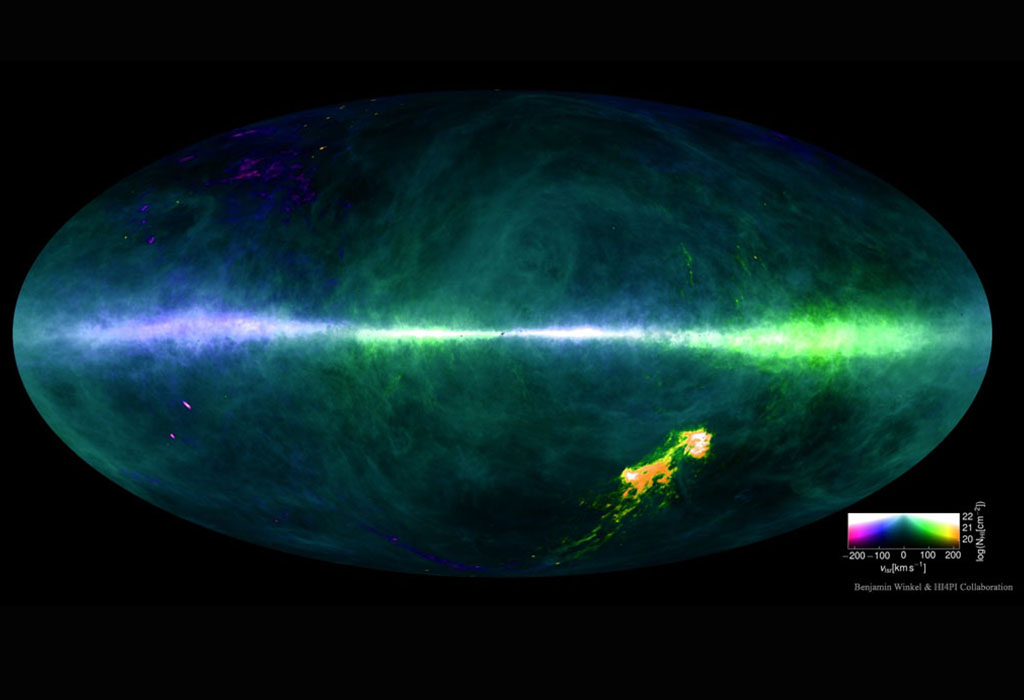How do we study the Milky Way?
We’re stuck deep within the Milky Way, so it’s impossible to get a view of the galaxy from the outside. All we can do is peer out, and look at other galaxies to give us an idea of how our own works. All the images we have of the Milky Way as a galaxy are merely artists’ impressions—very educated guesses as to what our galaxy looks like.
These educated guesses come from making observations and then using the laws of physics to understand what they mean. For example, the mass of the Milky Way is obviously not calculated by dumping the galaxy on a galactic-sized set of scales! Researchers measure the rotational speed of stars in the outer regions of the galaxy and use the laws of gravity to figure out their mass.
Figuring out how many stars there are in the Milky Way also involves some educated guesswork—we can’t go out there and count all the stars, one by one—it would take someone around 1,900 years working without any breaks to get the job done! Instead, we estimate the total number of stars by taking the mass of the galaxy, then figuring out how many stars are required to give the galaxy that mass. Another method is to accurately count the number of stars in a small patch of sky then extrapolate, assuming that patch is representative of the entire galaxy.

'Looking' through the electromagnetic spectrum
Just as there’s a limit to what we can see with our naked eyes, there’s a limit to how much of the Milky Way galaxy we can see using the visible light wavelength of the electromagnetic spectrum. Visible light can’t penetrate the dense accumulation of stars and gas that is found in the centre of the Milky Way—the Galactic Bulge—so to investigate the galaxy’s deep structure, we need to use measurements of multiple different wavelengths of radiation within the electromagnetic spectrum. There are instruments around the world built to measure radiation on the radio, infra-red, X-ray and gamma wavelengths, which are capable of passing through the thick dust clouds.
The Spitzer Space Telescope is a space-based telescope that was launched in 2003. It orbits Earth, peering out at the Milky Way and through it to the galaxies beyond. It observes radiation in the infra-red wavelength, enabling us to see the heat emitted by new stars forming.
And it’s not just the stars that are interesting to look at! Images from the GLIMPSE survey and the citizen science Milky Way Project have identified bubbles of gas that surround large stars within the galaxy. These bubbles are formed by solar winds—the energy emitted by massive stars ‘blows’ holes into the interstellar gas.

NASA’s Chandra X-ray Observatory is another satellite telescope. It has been measuring radiation within the X-ray wavelength in our galaxy since its launch in 1999. It sits in a high-Earth orbit—more than a third of the way to the Moon—and has enabled astronomers to study our galaxy’s black hole, Sagittarius A*, by observing the X-rays that flow in and around it.
Chandra’s ability to ‘see’ objects in space is the equivalent of us being able to read a stop sign 19 kilometres away.

In 2010, NASA's Fermi Gamma-Ray Space Telescope discovered huge plumes of super-hot, gamma-ray emitting gas particles emanating from the centre of the Milky Way. It's thought that these plumes could be the result of a kind of 'burp' from Sagittarius A* following the consumption of stars or other material, or possibly gas produced by several short-lived stars located close to the centre of the galaxy that collapsed into highly energetic supernovae.
Our most detailed map of the Milky Way was produced in 2016, when researchers from Australia and Germany published the results of the HI4PI survey. This was a large scale, 10-year collaborative study using the CSIRO Parkes Radio Telescope in Australia and the Max-Planck Institute’s Effelsberg Radio Telescope in Germany. The researchers tracked the radio waves from more than one billion individual data points throughout the sky, examining the amount of atomic hydrogen in the interstellar space of the Milky Way.
This high resolution study has provided the most detailed map of our local sky to date. It’s more than four times more detailed than its predecessor, which was itself used for more than 1700 scientific studies. Previously unseen fine structures—clouds that appear to have been the basis for the formation of new stars—have been revealed by the HI4PI survey.






